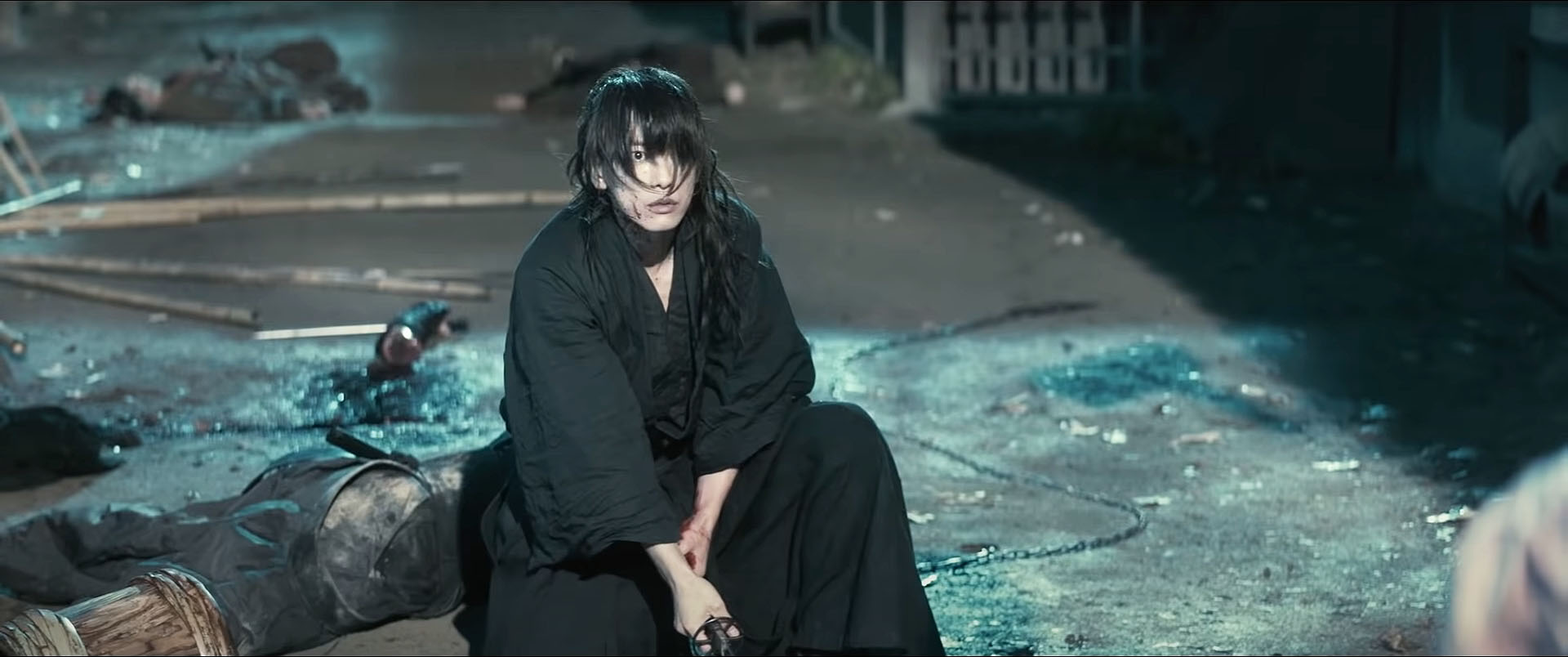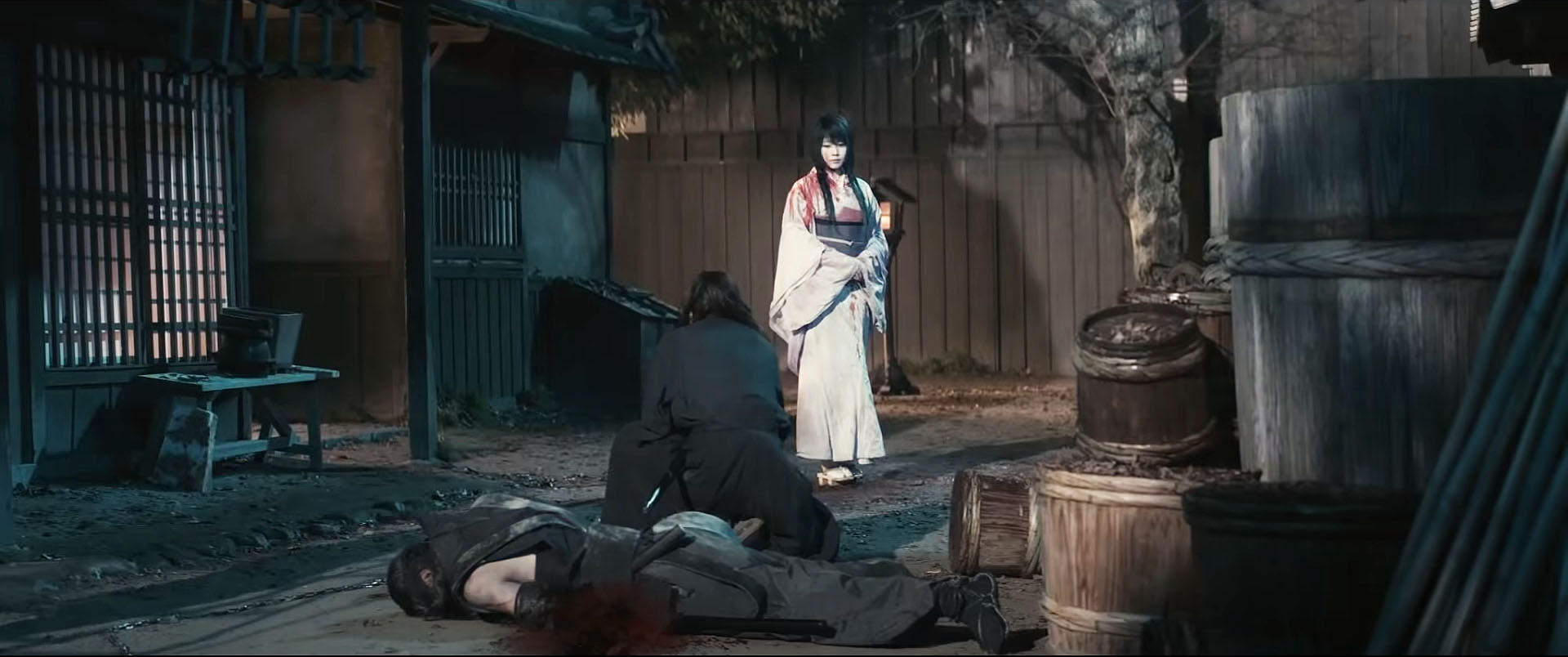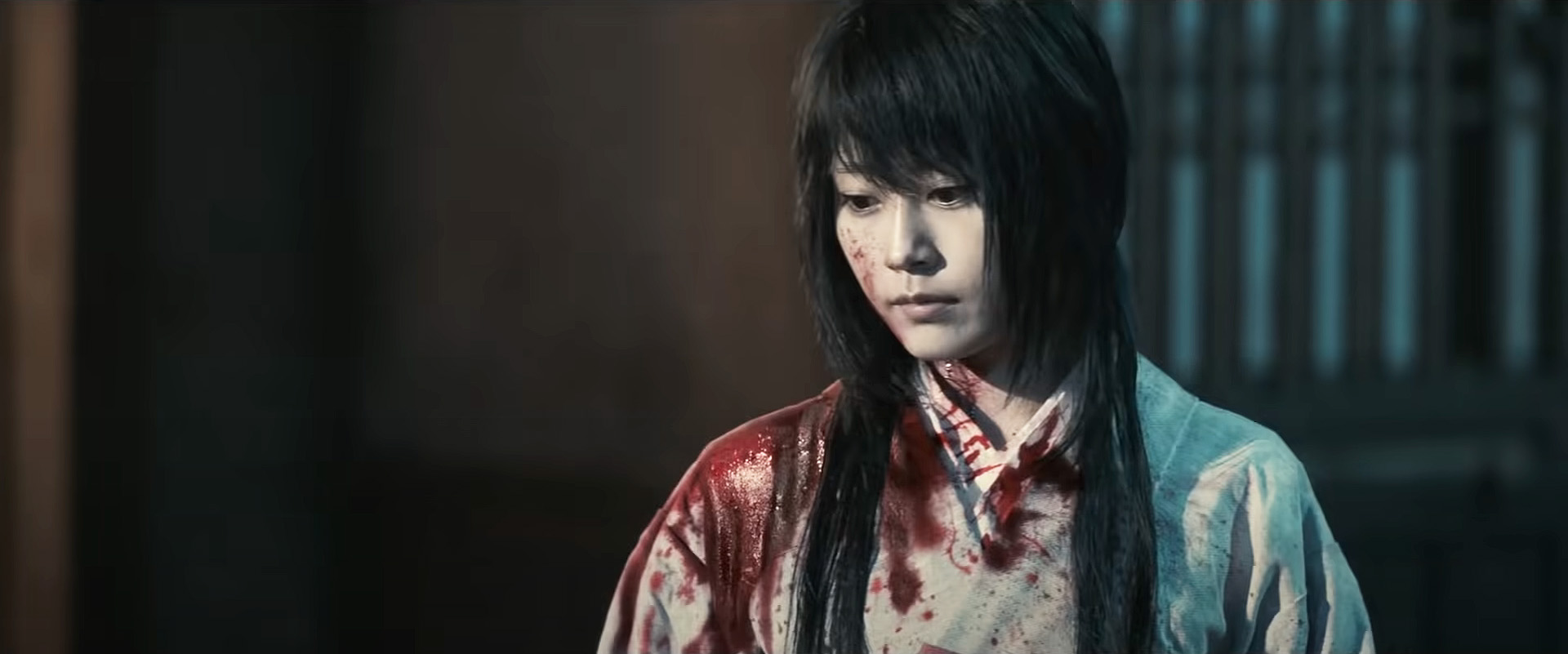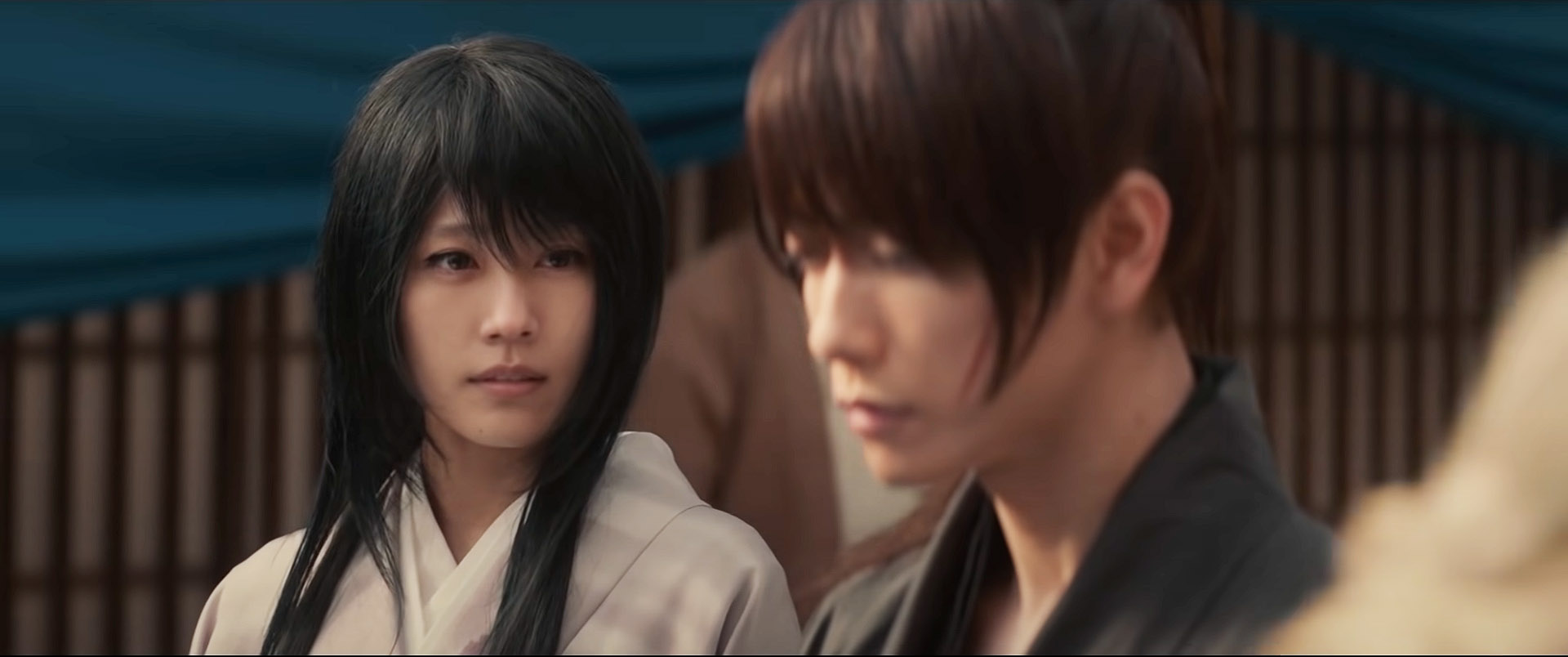REVIEW: ‘Rurouni Kenshin: The Beginning’ – the start that ends it all
Having prequel movies is not a new trend in superhero movies, especially in American superhero movies. Having prequel movies as the last in a superhero series, though, is not seen as often. When the superhero in this case is a very human swordsman who just has extraordinary swordsmanship, having his series end with his backstory was considered by many as a strange decision.
Rurouni Kenshin: Saisushou The Beginning is such, the start that ends it all. This movie gives Himura Kenshin’s past when he joined the Isshinshishi, pretty much the emperor-supporting rebel faction against the Tokugawa shogunate that ruled for 300 years. In joining such, it is quickly discovered that he is skillful as a swordsman. He is thus assigned to be shadow assassin for this rebel faction, notoriously known as the Hitokiri Battousai.
(MILD SPOILERS AHEAD)
After being ambushed, he encounters the refined and quiet Yukishiro Tomoe, a runaway samurai’s daughter from Edo. Because he was seen, he decides to keep Tomoe close, and Kenshin’s immediate superiors allow it. Despite all of Tomoe’s feelings and secrets, as well as Kenshin’s, the two find themselves slowly getting closer to each other, even with all the dangerous risks of this arrangement.
Tomoe must decide what is more important: her immediate past that wanted vengeance, or her present that found a new love in the most unexpected person. Kenshin in turn wonders if he has finally found the peace he kept seeking in helping end shogunate rule, but in an unexpected relationship.
The first thing that must be clearly and directly mentioned is that there is a lot of blood and blood splatters in this movie, far more than there is in all the earlier movies combined. After all, this was when Kenshin was an active assassin, using the sharp blade of his sword. Especially in the opening sequences, this movie does not hold back in presenting blood and death. If this will be a concern for you, please consider this and back away as needed.
The warning thus given, the fight scenes in this movie remain the strong points, as we are immediately given a display of Kenshin’s skills in singlehandedly eliminating large groups of men, leaving blood and death in his wake. The movie immediately contrasts the Kenshin of the past, rapidly slicing through waves of people, immediately reminding you that this is not yet the peaceable and peaceful older man, but this is the younger killer, still searching for peace. Satou Takeru is still a wonderful sight to behold as he executes these fight scenes. The movie calms down midway, but you are never made to forget the raw skill Kenshin has.
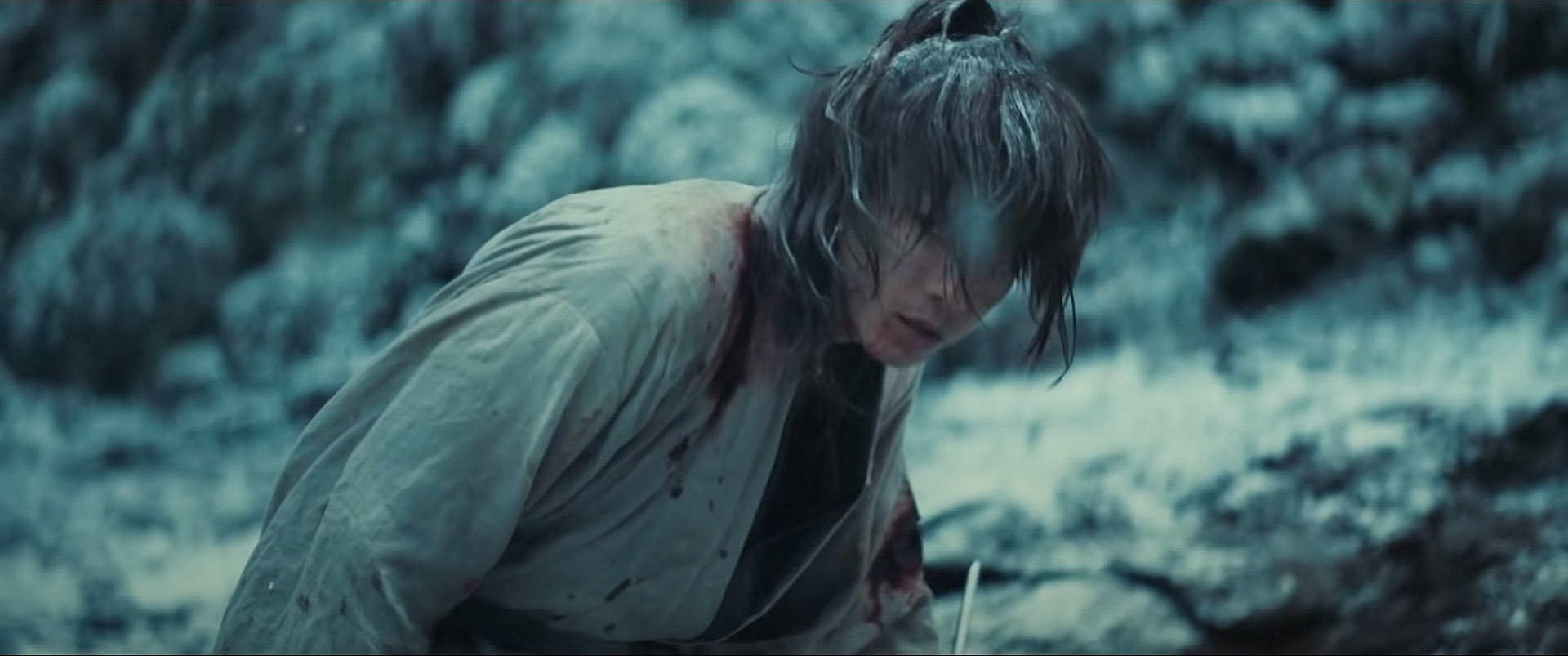
Initially the decision to end the whole movie series with the backstory was wondered about. But when watching the movie, you suddenly understand. This movie practically does not reference the earlier movies, the ones set in Kenshin’s present, even as it does use clips and material from the very first movie, and the clips in Kyoto Inferno and The Legend Ends that reference Tomoe.
It makes the younger Enishi (Araki Towa) appear only in three scenes, in the way he is in the backstory, the scenes of which are also given in The Final. It did not mention Shishio Makoto, lead henchman of the Kyoto arc, the slightly older and definitely more ruthless assassin who replaced Kenshin when he was reassigned to the front lines. This is purely Kenshin’s past, coming full circle, just referencing the first movie in the end. The intention is to emphasize that this is no longer what Kenshin is now, that this is what Kenshin used to be but has moved on from this part of his history.
Similar to all the earlier movies, there are additions to smoothen the flow for the film medium. These additions in this case are to better present the historical context and atmosphere of the time, and reduce the manga’s stylistic choices. For instance, Shinsengumi (shogunate police) Okita Souji (Murakami Niijiro) is presented the way he is known in historical documents, rather than the stylistic way he is shown in the manga and OAVs. This said, among all the live action movies, this has the least deviation from the manga source material, even taking direct dialogue from the manga.
In general this movie is at par with the Tsuiokuhen (Trust and Betrayal) OAVs in regards to accuracy to manga source material. The OAVs though were still better in giving an overall memorable atmosphere, partly because of its incredible background music and sense for silence and quiet. What the live movie version excelled at in comparison was in the fight scenes and its sense of scale, at the start of the movie and at the end. There are individual differing opinions on this, depending on the person’s tastes. But both versions have their strengths, and you will probably be better watching both.

The fact that the prequel movie was the last means that there is a ten-year gap from the very first Rurouni Kenshin movie, and a six-year gap between the second and third. Thus for better or worse, Satou Takeru, now in his early 30’s, is a little hard to accept as 15 or 16-year old Kenshin, the age he was when he was accepted into the rebel faction.
This is, ironically, the opposite concern when the live movies began, in that 22-year old Satou was playing a 28-year-old Kenshin. In the manga and OAV version Kenshin is clearly presented as a teenager with a heavy burden, a kid trying to act like a grownup. This is impossible to do in the live series, but seeing Satou is still welcome, and getting a different, younger actor would probably not have been a good decision, when Satou has defined the role as his.
Arimura Kasumi was correctly well-controlled in her acting as Tomoe, without making Tomoe as an icy-cold character. Presenting Tomoe as someone who controlled her feelings tightly, but did have those feelings, was just the right way to do it, making the final moments more emotional in having Tomoe be more honest and raw.
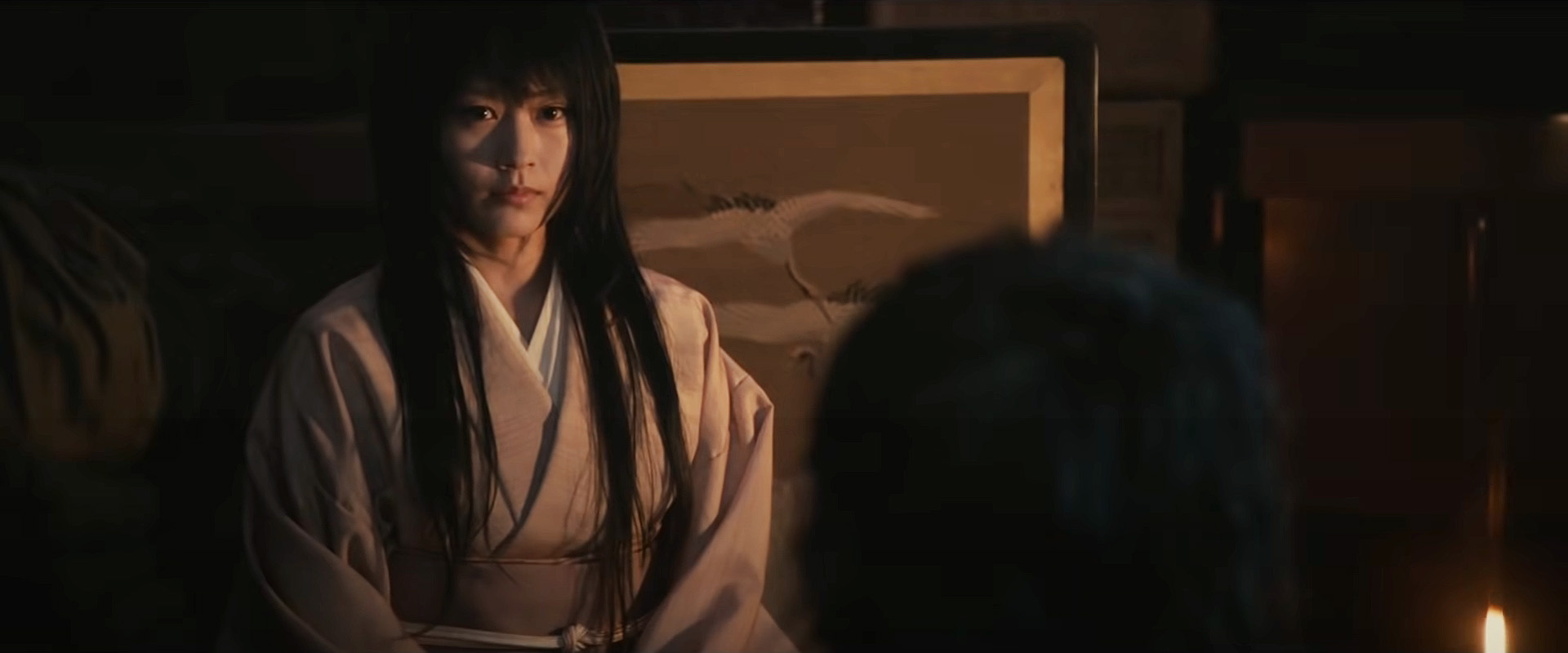
The only other actor besides Satou who is in all five movies is Eguchi Yosuke, who plays Saitou Hajime, and continues presenting the calm and collected Shinsengumi swordsman capably. The mild concern is also the same as with the lead actor, of looking older than he should, but this is not so conspicuous in his case, as a character who was already an adult during the wars.
The rest of the characters are pretty much exclusive to this movie, save for a few who carry over into The Final. After all, these are people from Kenshin’s past, either his superiors and comrades, or his enemies. Many of the actors are respected veterans, giving their roles the gravitas and urgency needed for the era presented.
It was both wonderful and bittersweet to see the final live movie in the Rurouni Kenshin story, knowing that we are truly at the end of an era, that we have come full circle and seen everything that could be presented of Kenshin’s life. It remains to be seen if the currently running Hokkaido arc will be animated or made into a live movie. Many are quite satisfied with the current full closure that The Beginning gives, in any case, and it is more than alright to end here.
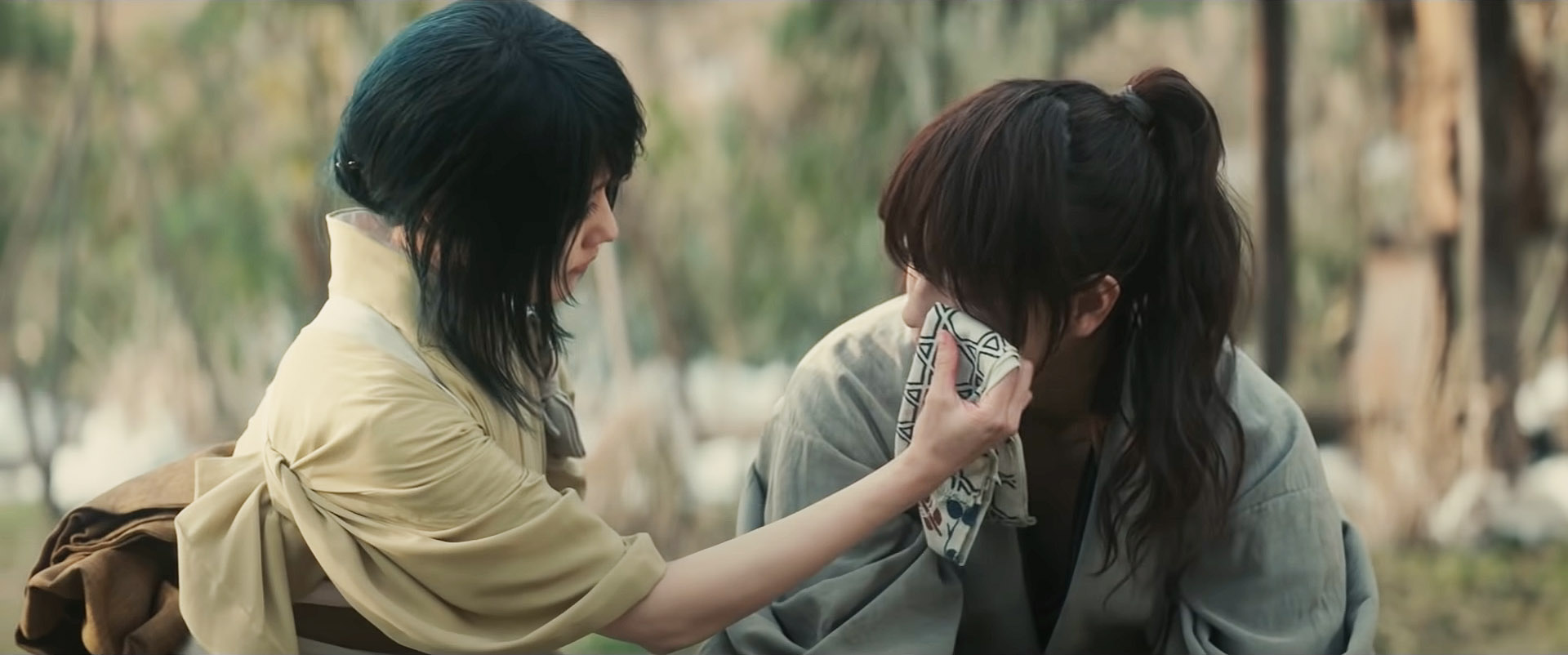
All five Rurouni Kenshin live movies are available to watch (maybe more than once?) over at Netflix. It is the end of an era, but one that we will not easily forget.
(Images from Rurouni Kenshin: The Beginning)



